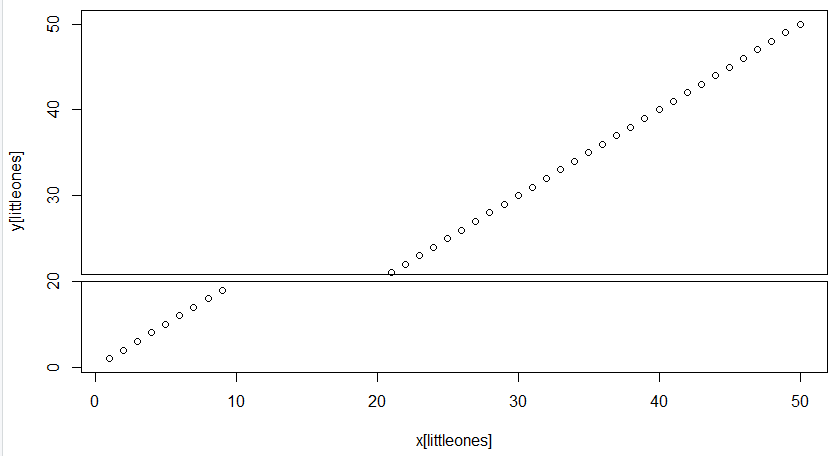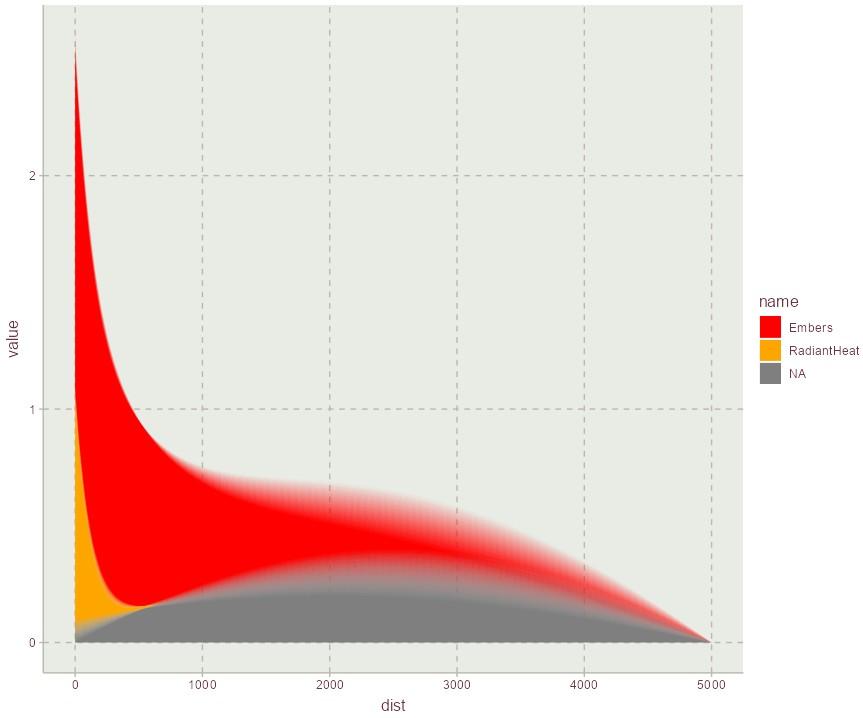*Update* I've found 2 now. Thank you all!
Are there any ecologists using #RStats that would like to review for @rOpenSci? I'm looking for two reviewers for {suwo}, "Streamline searching/downloading of nature media files (e.g. audios, photos) from online repositories. The package offers functions for obtaining media metadata from online repositories, downloading associated media files ad updating data sets with new records."
https://marce10.github.io/suwo/
https://github.com/ropensci/software-review/issues/729
DM me if you're keen.


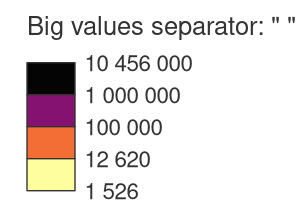
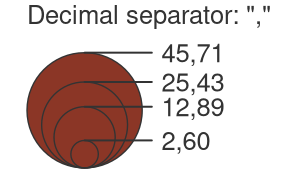
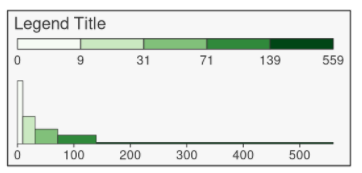

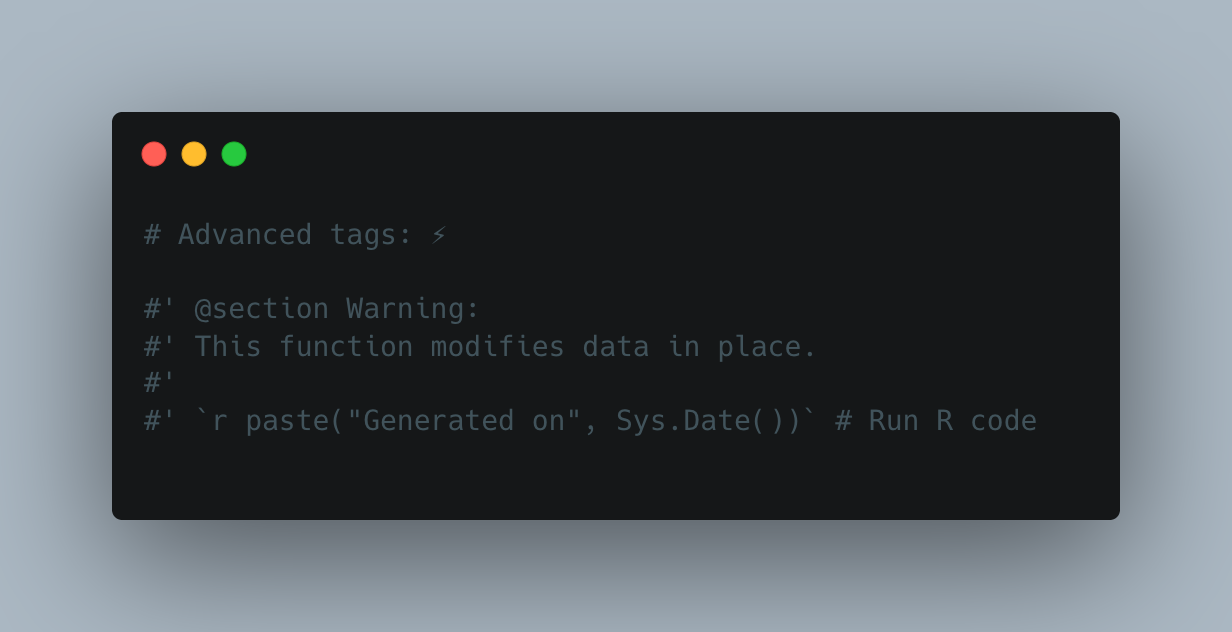
![Cross-references: 🔗
#' @seealso [other_function()], [pkg::function()]
#' @family utility functions
#' @inheritParams parent_function](https://cdn.fosstodon.org/media_attachments/files/115/677/937/504/088/418/original/6f0a3ba8626d3b0e.png)


 -BY:
-BY: 
